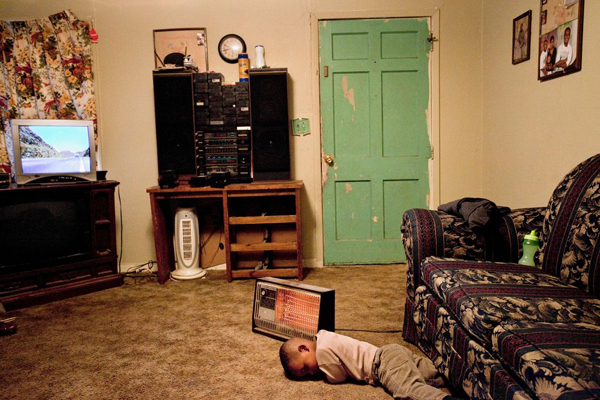Sometimes I wonder why I have started this Sisyphean task, asking myself if it will ever end. Sometimes I question whether there are any benefits to it. For quite a while now I have been digitising my photo archive. Any photographer worth his salt will know that there is no keeping up with the amount of pictures you have ever taken. Any curator worth his while knows there is nothing more priceless than an archive that is well organised and annotated. I know all of this. But still.
One reason for starting this magnum opus is to ultimately make it easier to find pictures. No more straining my eyes by looking at negatives, trying to turn them into positive images in my mind’s eye. No more digging through boxes and boxes and boxes of slides, looking for that one particular photograph. No more fearing that my analogue work will become redundant or inaccessible, because photo labs that process slides and negatives have gone out of existence or beyond my financial means. Another reason is that my digitised archive will give me a little treasure trove to mine, an opportunity to reuse pictures, reappraise them, rearrange and rework them.
No stylish portfolios with in-depth critical analyses. No distinguished writers making you jealous with their elaborate CVs. No news and updates on the photography industry, no technical features. Instead it contains an eclectic mix of photographs of every hue and variety.
Fortunately, the work is paying off. I discover hidden gems. Amazing photographs I never realized I took. Atrocious pictures that make me wonder whether I will ever master the use of a camera. And every single one of them serves as a mnemonic device. They take me back to the time and place of pressing the button. I can remember who I was, what I was doing, why and with whom. It brings back happy memories and sad ones. It imbues every image with something special, something that goes beyond whether the photograph is good in and of itself.
And this is precisely the point of a recent issue of romka. magazine, a nice publication that landed on my desk. It is designed well and it is nothing like your average photography zine. No stylish portfolios with in-depth critical analyses. No distinguished writers making you jealous with their elaborate CVs. No news and updates on the photography industry, no technical features. Instead it contains an eclectic mix of photographs of every hue and variety. Good, bad, ugly, weird, banal, gross, sweet, overexposed, out of focus, with washed out colours or in black-and-white, you name it. There are some very loosely defined themes such as love and the worst picture in the world.
It is all about attachment, about cherishing the physical object and the memories it conjures up.
But almost every single one of them is accompanied by a story of the contributor. It is these stories that give the images their context, that add meaning. Gone are any aesthetic considerations. I can understand why these photographs are special to the contributors, be they amateur or professional photographers. Alec Soth, Onorato & Krebs, Jan-Dirk van der Burg, Markus Schaden and Roger Ballen are some of the more illustrious ones. But you cannot tell that they have supplied the pictures, because these images are not in the style that made them famous. It is all about attachment, about cherishing the physical object and the memories it conjures up. A beautiful example is the picture provided by Laurence Vecten from France. It is a photograph of his grandfather against a blue sky with white clouds and golden fields. The colours are rich, the nostalgia is dripping of the page, the recollections are endearing.
Another refreshing feature is that contributors to the magazine hail from all corners of the earth and all walks of life. The tongue in cheek approach to biographies raises a chuckle. Nils Orth’s is a good example: ‘Raised by a fisherman and a romantic, Nils is the third child of four, his father a janitor and his mother a cashier. Growing up, Nils hardly grew. He has enjoyed few haircuts and even fewer jobs. He is currently doing his best to get lost in the world but is having a hard time due to how easily available maps have become.’ This is vernacular photography at its best. This is not about appropriating other people’s images and naming them your own. There is no pretense. No historical or ethnographic value. Just a bunch of photographs and their stories. Like we all have in our archives.
romka. magazine 7. ISSN 2192-9173

